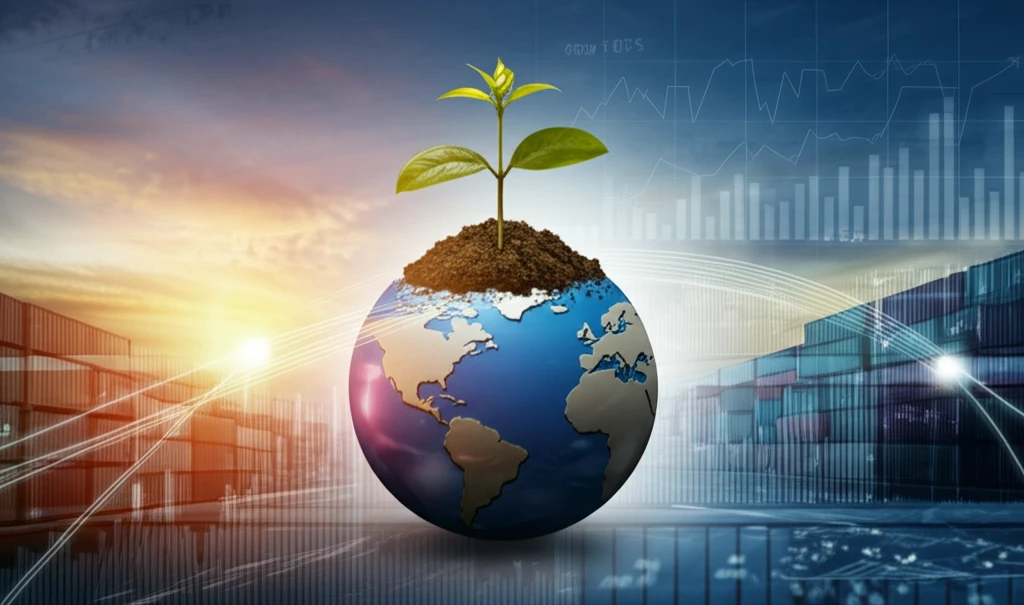
Unlocking Export Growth: Why Traditional Models Fall Short
"Rethinking export strategies for long-term success in global markets."
In today's interconnected world, exporting is a critical growth engine for businesses of all sizes. Economists have long relied on models that emphasize fixed export entry costs to understand international trade patterns. These models, which consider factors like trade frictions and policy impacts, often assume that companies face significant upfront investments to begin exporting. While these models have been useful in explaining certain aspects of trade, particularly the differences between exporters and non-exporters, they often fall short in capturing the intricate dynamics of new exporters.
The reality for many businesses venturing into the export market is far more nuanced than traditional models suggest. New exporters typically start small, experience gradual growth, and face a high likelihood of exiting the market within their first few years. This initial period is characterized by learning curves, market adjustments, and significant uncertainty. The standard models, however, tend to portray new exporters as rapidly scaling up and maintaining their export activities for extended periods, a stark contrast to empirical observations.
This article delves into the limitations of standard sunk-cost models in replicating the real-world experiences of new exporters. By examining plant-level data from Colombian manufacturers, we highlight key properties of new exporter behavior that challenge the assumptions of these models. We also explore how modifications to these models can better account for the observed dynamics, offering valuable insights for businesses and policymakers alike. Ultimately, understanding these dynamics is essential for developing effective export strategies and policies that foster sustainable growth in the global marketplace.
Why Do Traditional Sunk-Cost Models Fail to Capture New Exporter Dynamics?

Traditional sunk-cost models, while valuable for understanding certain aspects of international trade, struggle to accurately represent the dynamics of new exporters due to several key limitations. These models often assume that once a firm decides to export, it immediately adjusts its export quantity to the optimal level. However, real-world data reveals a much more gradual process, where new exporters start small and incrementally increase their export volumes over time.
- Overestimating Initial Export Volumes: Models assume immediate optimal export levels, contrasting with gradual real-world growth.
- Underestimating Exit Rates: They fail to capture the high early exit rates of new exporters due to initial market challenges.
- Ignoring Gradual Demand Growth: Traditional models do not account for how demand for new exporters' products grows over time.
Revisiting Export Strategies for Sustainable Growth
Traditional economic models often fall short of capturing the real-world experiences of new exporters, it’s essential for businesses and policymakers to adopt a more nuanced perspective. By acknowledging the gradual nature of export growth, the high initial failure rates, and the importance of continuous learning and adaptation, stakeholders can develop more effective strategies for fostering sustainable export success. It requires businesses to start small, manage risk, and prioritize learning and adaptation. By understanding the true dynamics of new exporters, we can pave the way for more effective trade policies and business strategies that promote long-term growth and prosperity.
